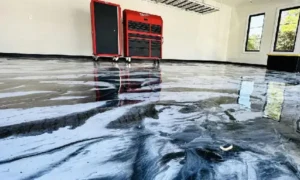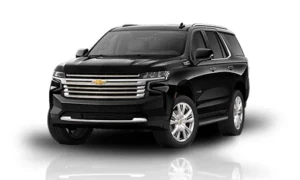Ships have been an essential mode of transportation for centuries, allowing for trade, travel, and exploration across the seas. However, with the vast expanse of the ocean comes its own set of challenges and dangers. Navigation through the open waters requires a high level of skill, experience, and advanced equipment to ensure the safety of the vessel, its crew, and other ships in the vicinity. One of the critical components in maintaining maritime safety is the use of lights on ships. These lights serve as vital signals and aids for navigation, providing information on a vessel’s position, direction, and status. In this article, we will delve deeper into the significance of lights on ships and their role in steering towards safety.
Understanding The Importance Of Lights On Ships
The use of lights on ships serves multiple purposes, with the primary one being to prevent collisions at sea. Ships are constantly moving through the ocean, and without proper signaling, it can lead to disastrous accidents. Therefore, the installation of lights on ships enables them to be visible to other vessels, helping in avoiding collisions in the dark or in adverse weather conditions. Along with collision prevention, lights also assist in determining a ship’s direction, speed, and maneuverability, thereby increasing maritime safety.

Navigating In The Dark The Role Of Lights On Ships
Ships are not confined to operating only during daylight hours, and they often have to travel through the night. In such situations, the use of lights becomes crucial as they allow for safe navigation in the dark. These lights serve as a point of reference for other ships, enabling them to determine the distance, direction, and speed of a vessel. With the help of lights, ships can safely pass each other, overtake, and make turns, even when it is pitch dark outside.
Enhancing Maritime Safety The Function Of Lights On Ships
Apart from collision avoidance and navigation in the dark, lights on ships also have various other functions that contribute to enhancing maritime safety. One of these functions is the indication of a ship’s size, type, and cargo. By following international standards, the different lights displayed on a ship enable other vessels to identify and determine the size, type, and cargo of a ship, thereby ensuring safe navigation. Additionally, lights also serve as warning signals, for example, in the case of a ship in distress or a ship at anchor. These warning signals provide critical information to other vessels, allowing them to take necessary precautions and avoid potentially hazardous situations.
Compliance With Maritime Regulations: The Significance Of Lights On Ships
The installation and use of lights on ships are not merely recommendations but are also mandatory as per international maritime regulations. The International Regulations for Preventing Collisions at Sea (COLREGs) issued by the International Maritime Organization (IMO) outlines the specific types and positions of lights that should be displayed on ships. These regulations are meant to ensure safe navigation and prevent collisions, thereby emphasizing the importance of lights on ships in maintaining maritime safety.
Illuminating The Seas The History Of Lights On Ships
The use of lights on ships has a long and rich history dating back to ancient times. Initially, ships used fires burning across their decks to signal to other vessels at night. With advancements in technology, these fires were replaced by lanterns and then gradually by electric lights. The first electric light used on a ship was in 1870, and since then, there have been numerous modifications and improvements to the design and functionality of lights on ships.
Determining Of Lights On Ships And Their Purpose
There are various types of lights installed on ships, each with its own specific purpose. These include sidelights, stern lights, masthead lights, towing lights, and all-around lights, to name a few. Sidelights are placed on the port (left) and starboard (right) sides of a vessel and are used to indicate the direction of a ship. Stern lights are installed at the back of a ship and help in determining the vessel’s maneuverability. Masthead lights are positioned at the highest point on a ship and are used to indicate a ship’s size, type, and speed. Towing lights are displayed by a vessel that is towing another vessel and help in identifying the length and direction of the tow. All-around lights, also known as anchor lights, are used when a ship is at anchor and help in indicating the vessel’s position and presence.
Advancements In Lights On Ships And Their Impact On Safety At Sea
With the constant development of technology, there have been significant advancements in lights on ships, leading to increased maritime safety. The use of LED lights, for example, has reduced power consumption and increased the durability of lights on ships. Additionally, the use of automatic identification systems and electronic chart display and information systems has made it easier for ships to communicate and share information regarding their positions and route.
Conclusion
In conclusion, the significance of lights on ships cannot be understated in steering towards safety at sea. These lights serve as crucial aids in navigation, collision prevention, and communication between vessels. Compliance with international maritime regulations regarding lights on ships is essential to ensure the safety of all ships operating in the open waters. With advancements in technology, lights on ships continue to evolve, making navigation safer and more efficient. It is clear that the use of lights on ships is an essential aspect of maritime safety, and their proper functioning is crucial in preventing accidents and ensuring the safe passage of ships across the seas.






























